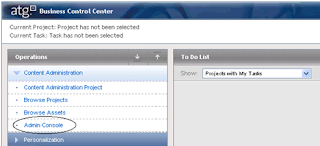google search results showing wrong posts
I primarily write blogs on atg topics and some general topics which i think will help others,one fine day i noticed few of my posts are not displaying correctly in google search results,while given a search criteria i am seeing different posts of mine displaying in the search results whereas my actual post for that search criteria is not shown,due to this some of our new visitors may leave the site .This is a painful situation and we are helpless since google has its own algorithm for displaying and filtering search results,to correct this we can do some research on what went wrong and modify accordingly which is a permanent solution but time consuming.But most of the time we will leave this to google trusting it will correct this automatically. Instead you can try some of the options below,which is not only a workaround but will make your site highly navigational and user friendly The first thought is how quickly we can redire...





